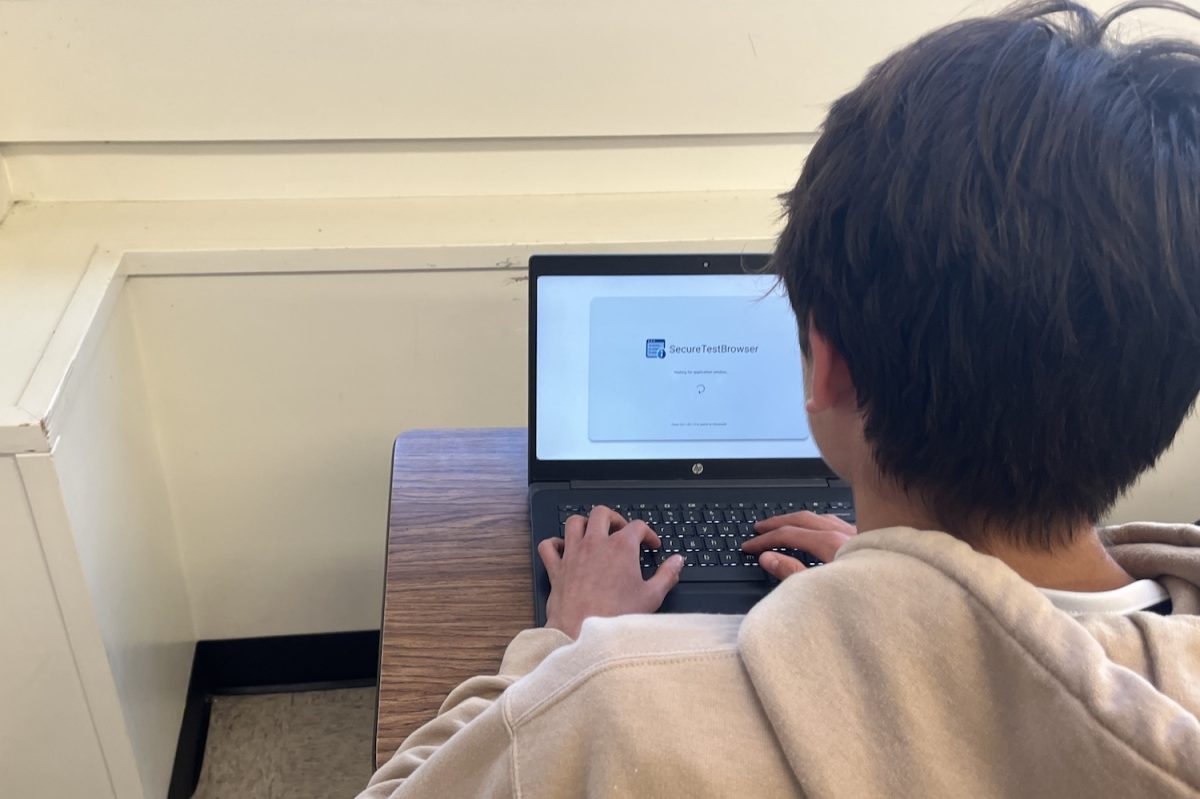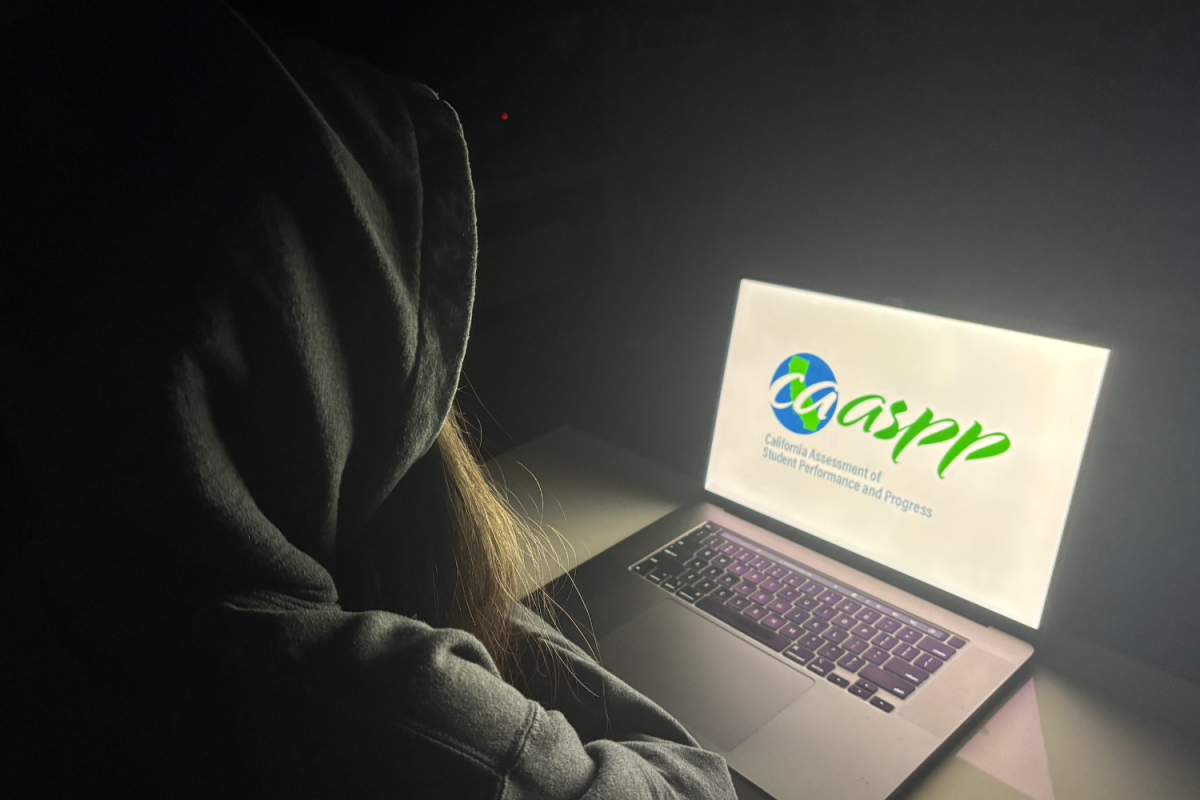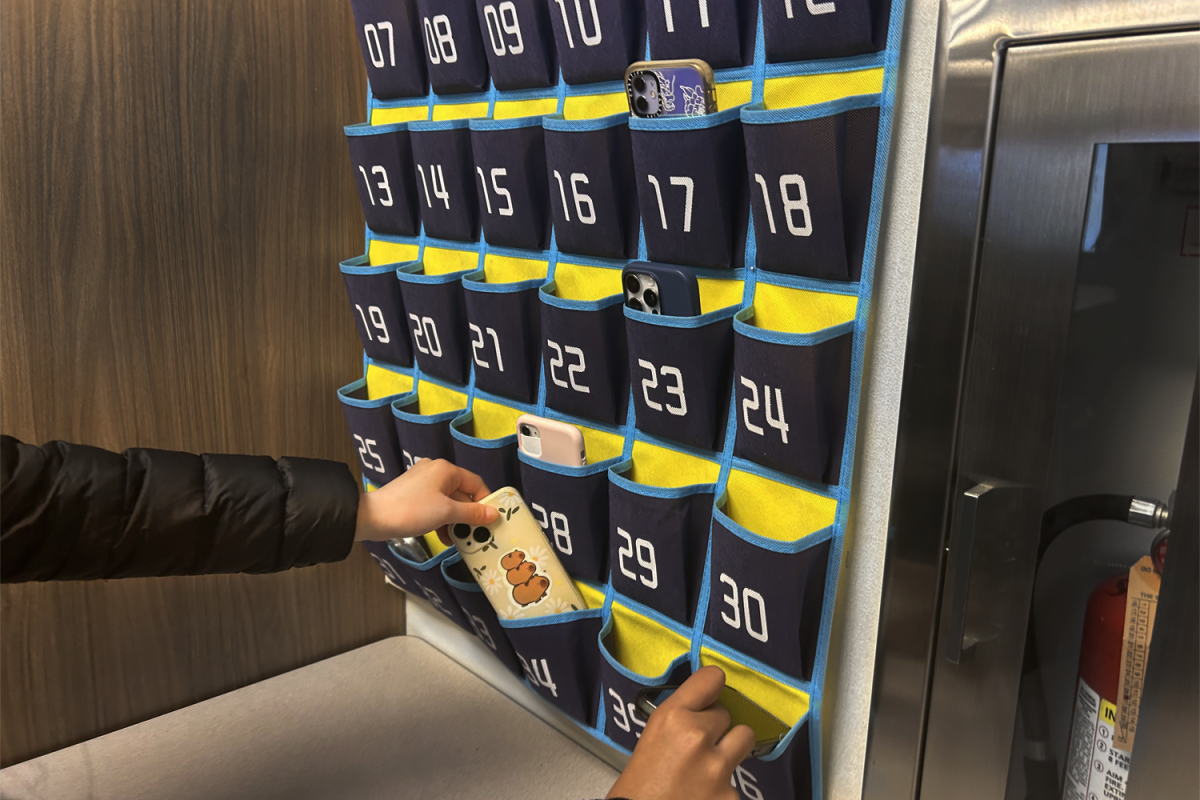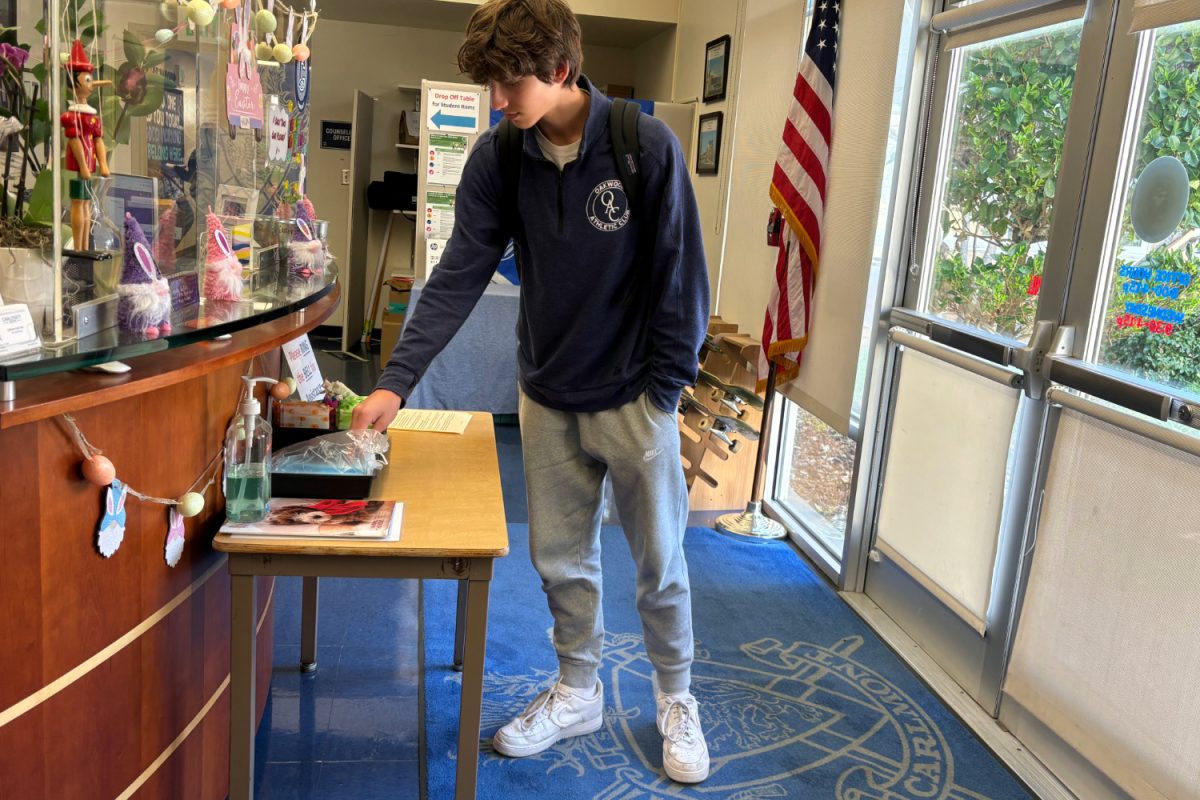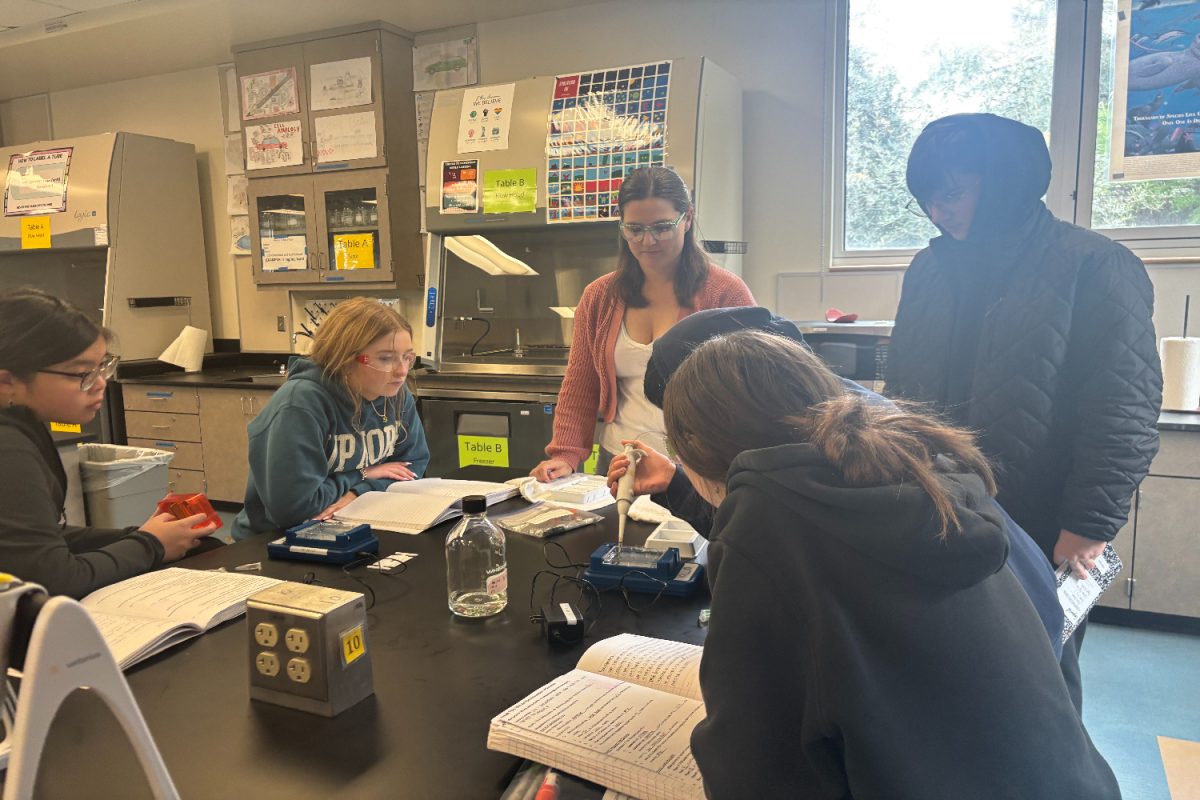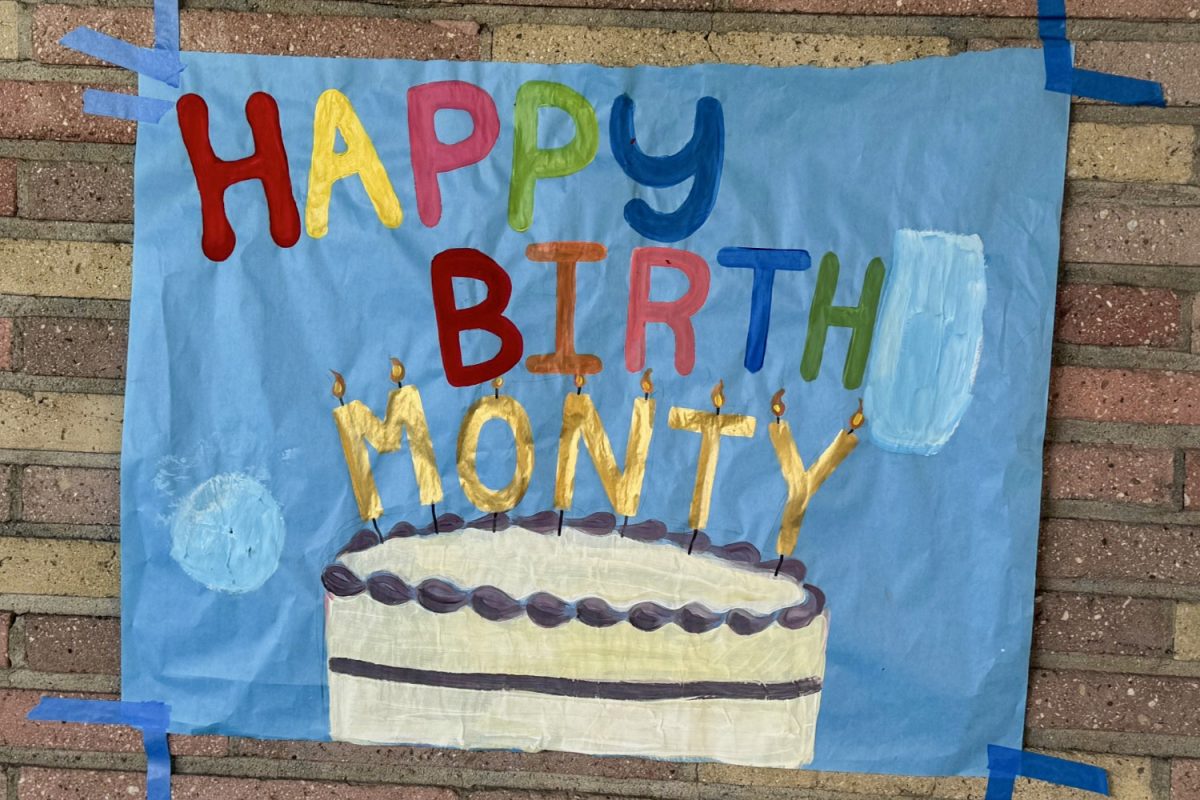State testing annually mixes up the routine of Carlmont High School students.
Every year, all juniors in California must take the California Assessments of Student Performance and Progress (CAASPP) test. The State of California uses it to measure students’ performance throughout the state in English language arts and mathematics.
“I think standardized testing can be good practice for students if it’s well-written,” said Carlmont math teacher Robert Tsuchiyama.
Carlmont teachers are responsible for administering and proctoring the test. They help students log in and follow all directions.
“We have to go through all the training but if you’ve done that ahead of time, administration is pretty easy,” Tsuchiyama said.
According to State of California data, 479,779 juniors in California took the CAASPP test in 2022.
Similar in nature, students who are English learners of all grades were administered the English Language Proficiency Assessments for California (ELPAC) test.
“I took the ELPAC last year, and at least for me, it was not too bad,” said Carlmont sophomore Alex Kim.
Last year, Kim and other students were required to take the ELPAC test if their primary language was not English.
Testing occurred on Tuesday, March 19, and Wednesday, March 20. It will continue similarly next week on Tuesday and Wednesday as well. Students participating must arrive at 8:30 a.m. on test days, while all other students start school at 10:39 a.m.
“We stay here for two hours before the whole school gets here,” said Carlmont junior Victor De Almeida. “It’s pretty much extra school.”
While test-takers arrived at the regular school start time of 8:30 a.m., everyone else was able to enjoy later start times.
“You have more time to do anything else you wanted to, so it’s been good,” Kim said.
Additionally, only three classes are held during testing days, slowing down the typical rapid pace in many courses.
The reduced class time allows students and teachers a break but cuts into the overall total class time with many curriculums already strapped for time, but the consequences of the missing time are unclear.
“You spend so many hours in class that I think these two weeks of having less class probably won’t matter,” Kim said.
The CAASPP system was established in 2014, replacing the Standardized Testing and Reporting (STAR) Program. While the test continues to be updated and changed, standardized testing still may not tell the whole picture.
“The test might not represent who I am and who I strive to be. It’s just how much I know about specific subjects,” Almeida said.

